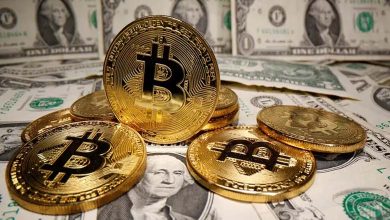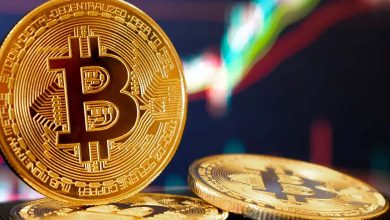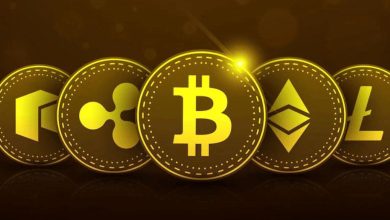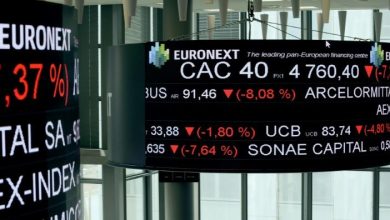Digital Gold: The World Enters the Age of Open-Source Intelligence
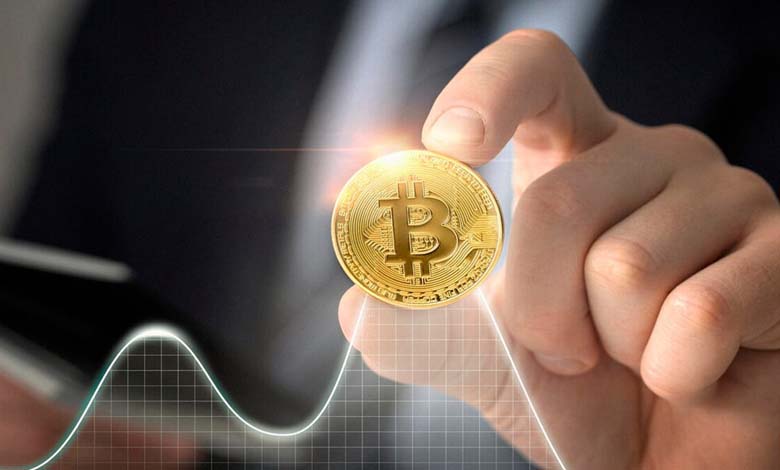
In an era when information flows like a torrent and algorithms become instruments of political and military power, global intelligence is entering an entirely new phase.
This new paradigm is no longer defined by the number of spies or classified files, but by a nation’s ability to read, interpret, and transform open data into actionable decisions — decisions that are reshaping national security in unprecedented ways, according to Foreign Policy.
-
The Role of Technology in the Gaza War: Microsoft Joins Google
-
“Bitcoin” Reaches a New Record as Trump Advances in the Election
The Hunt for Secrets
When the CIA was founded in 1947, the world was still living to the rhythm of the Cold War, and intelligence gathering resembled gold mining — extracting rare information from the depths of secrecy. Today, everything has changed: data now floods the world, and the critical skill is no longer concealment, but comprehension.
The new intelligence race is not about who holds the secrets, but who understands the data first. With artificial intelligence, quantum computing, and biotechnology at its core, intelligence has become a contest of cognitive and technological supremacy rather than a mere competition for hidden knowledge.
-
Exceptional French Honor for Abdelatif Hammouchi
-
Crypto News: Bitcoin Hits Unprecedented Level Surpassing $72,000
Open-Source Intelligence
At the heart of this transformation lies Open-Source Intelligence (OSINT), which has evolved from a supporting tool into the driving force of a new information age.
Digital data has become a strategic asset. Secrecy no longer guarantees superiority — transparency, analytical speed, and the ability to exploit open domains are now the true sources of national power.
For this reason, experts argue that OSINT should be treated as a national strategic resource, much like oil in the 20th century or silicon in the 21st. Yet, many U.S. intelligence agencies still approach it with a Cold War mindset, overlooking the fact that most of the world’s information is publicly available.
-
Gold Prices Rise as Dollar Weakens
-
United Arab Emirates’ Efforts Towards a Better Climate – $4.5 Billion Investments in Africa
The Role of the Private Sector
Remarkably, some of the most groundbreaking intelligence achievements have come not from governments, but from private companies.
In 2013, Mandiant was the first to uncover the APT1 cyber-espionage group. Three years later, CrowdStrike identified the notorious “Fancy Bear” hackers. In 2022, analysts at Dow Chemical, relying solely on open data, accurately predicted Russia’s invasion of Ukraine weeks before it happened.
A former senior U.S. intelligence official even told Foreign Policy that “95% of my work could have been done through open sources.” The message is clear: the future of intelligence lies not in underground offices but in the digital cloud, where data becomes the compass of national security.
-
Top 6 best cryptocurrencies to buy now and keep in your Wallet long term!
-
Wall Street opens lower, disappointing results and indicators add to inflation
A New Era of Counterintelligence
As intelligence evolves, counterintelligence is also undergoing a profound transformation. The battle is no longer limited to double agents; it now encompasses cyberattacks, disinformation campaigns, and industrial espionage.
Tech giants such as Meta, Apple, Amazon, Microsoft, and OpenAI now stand on the front line, developing specialized teams to detect hostile activities on their platforms.
Meanwhile, the CIA — still burdened by Cold War-era culture — is struggling to adapt to a world moving at the speed of light.
-
Europe wants to force companies to be more transparent about its extra-financial data
-
UK – inflation is soaring and growth is slowing
The Sleepless Rival
China, for its part, has adopted a completely different approach — one that merges civilian and military sectors under a “whole-of-society” model.
Beijing draws no line between its corporations, armed forces, and academic institutions. Every resource and every individual is mobilized toward one ultimate goal: surpassing the United States.
-
The wealth of the world has tripled in 10 years… China has surpassed America
-
Bread prices rise in Istanbul as economic crisis deepens
According to Foreign Policy, the future of intelligence will no longer belong solely to governments. It will be shaped through partnerships between states and private enterprises — between secrecy and transparency, between algorithms and human cognition.
The 21st-century intelligence race is already underway, and the winner will not be the one who hoards secrets, but the one who masters artificial intelligence to turn raw data into strategic power.
This is not merely a revolution in methods — it is a redefinition of intelligence itself. Those bold enough to embrace this new paradigm will hold the keys to the century ahead.


